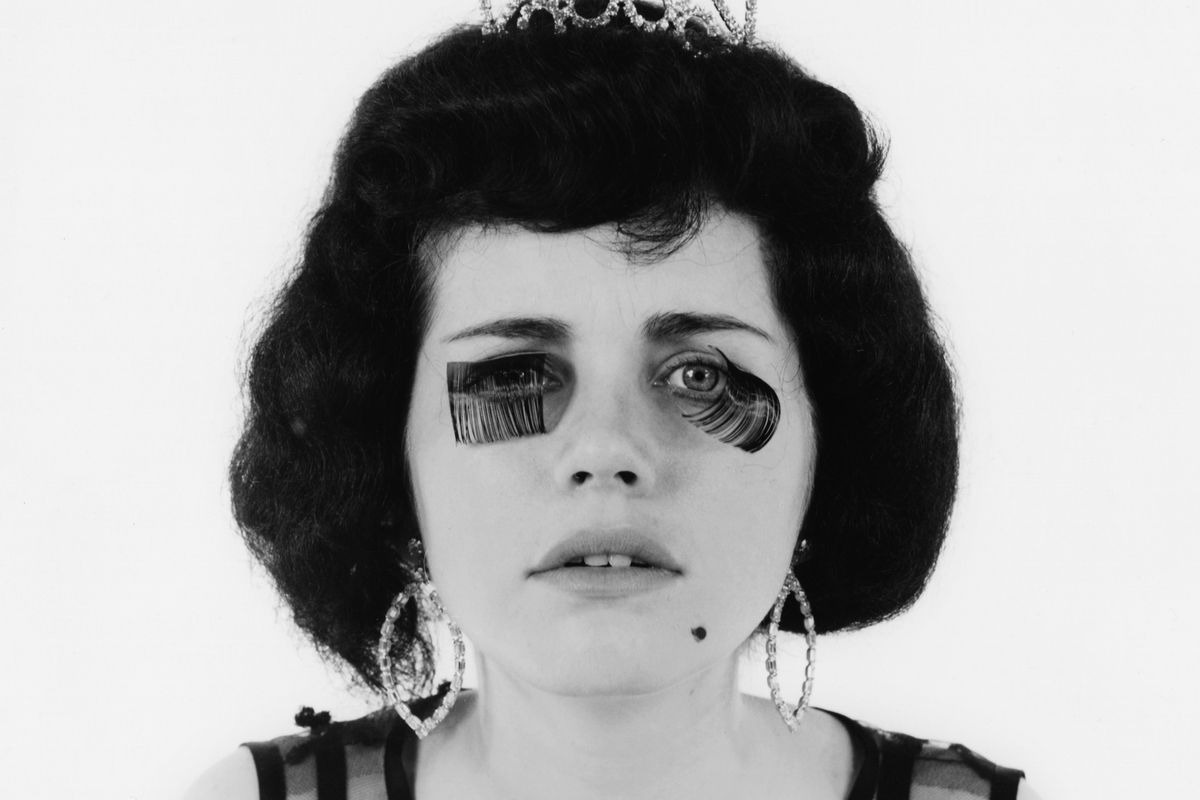Most people who want to lengthen their lashes rely on mascara, but some looks can only be created with false eyelashes or “falsies.” If you wish to emulate the famous Lady Gaga with her bright and wild lashes or hope to make a photogenic doe look at a wedding, false eyelashes can be your friend.
But where do they come from? There’s a belief that a Victorian-era Parisian prostitute created false eyelashes in the 1880s. As it turns out, this story, while intriguing, is entirely wrong (see Snopes). In reality, the story is less believable and much more shocking.
The story goes that Queen Victoria had an extensive jewelry collection made from the hair of her lover, Prince Albert.
But the most horrifying use of human hair during this period (see what we did there?) was to use it as false eyelashes (see Racked). During the late 1800s, women tried to glue human hair to their eyelids to give the appearance of longer eyelashes. But when that didn’t work (the glue often didn’t hold), they turned to threading the hairs through their eyelids with a needle.
For women who could afford it, the process was offered as a standard, low-key cosmetic procedure and became popular in fashion centers and wealthy cities like Paris. The hair used in these procedures was usually taken from the head of the person wanting the surgery, and the eyelids, if it makes you feel better, were pre-cleaned (it doesn’t make us feel better either).
As adhesive false eyelashes became more and more effective, this violent process of sewing on false eyelashes went out of fashion.
False eyelashes in movies
Originally, needleless false eyelashes were human hair attached to the gauze or other fabric glued to the eyelid. In doing so, the glue did not hold very well. Many people had been using them for decades, but false eyelashes glued to the eyelid were not patented until 1911 when Anna Taylor received a patent for her product.
Designs of false eyelashes changed and improved throughout the 1920s, and by the 1930s, they had become so popular that they were advertised in Vogue magazine (based on Bustle). It was in the 1950s that dishonest eyelash manufacturers began making them out of plastic rather than actual hair or other natural fibers, allowing for mass production, mass marketing, and mass use.
So, what do we wear today when it comes to false eyelashes? There are countless options for false eyelashes today and several different adhesives; some call themselves gentler than others, and some are magnetic rather than adhesive. Still, if you’re concerned or curious about what might be in the glue you’re using for false eyelashes, try checking the product against the Skin Deep Database created by the Environmental Working Group (EWG). There, you’ll find a full list of ingredients, as well as safety and toxicity ratings.

 Discuss
More news
Discuss
More news


